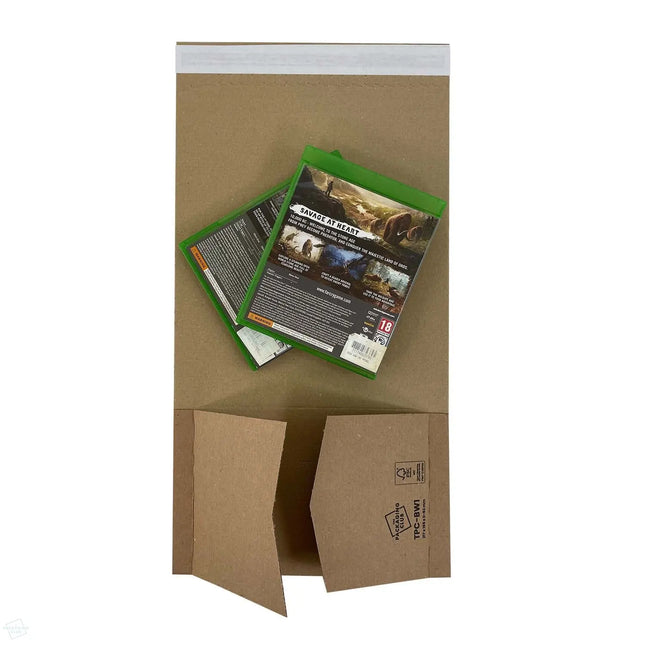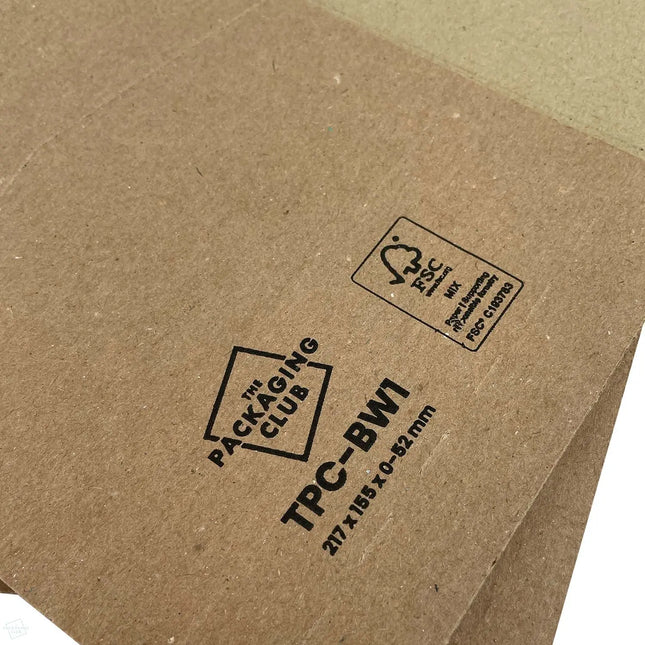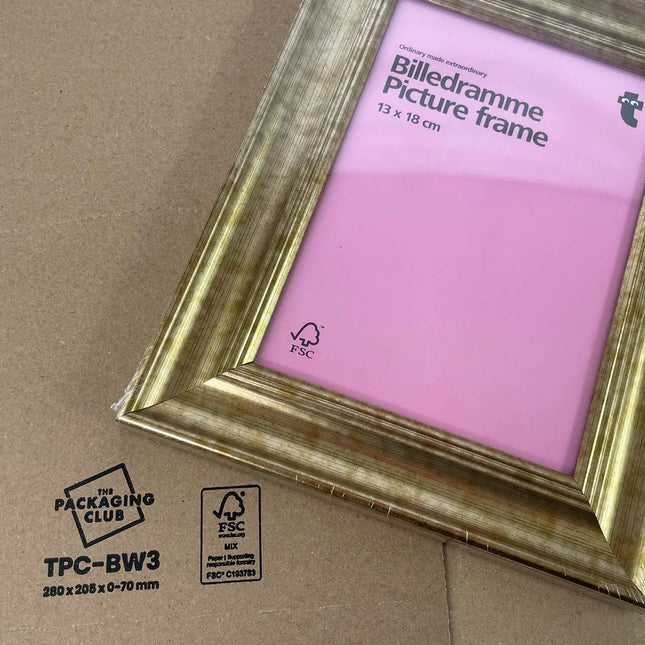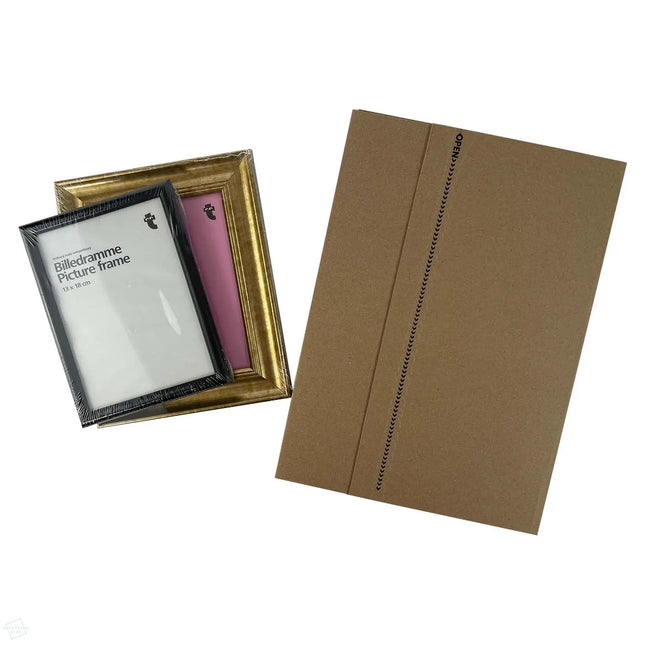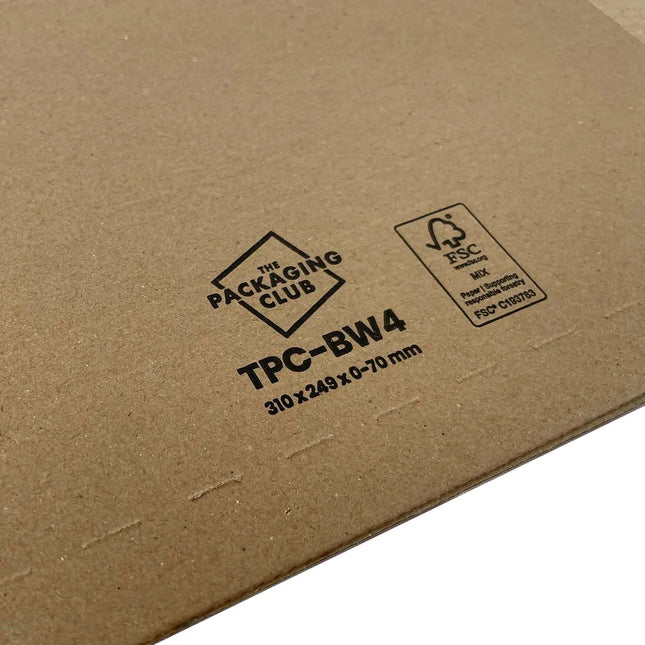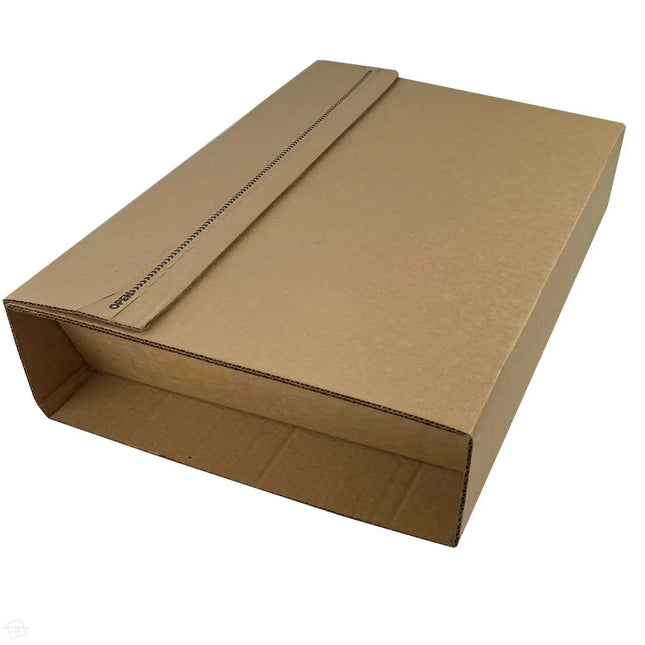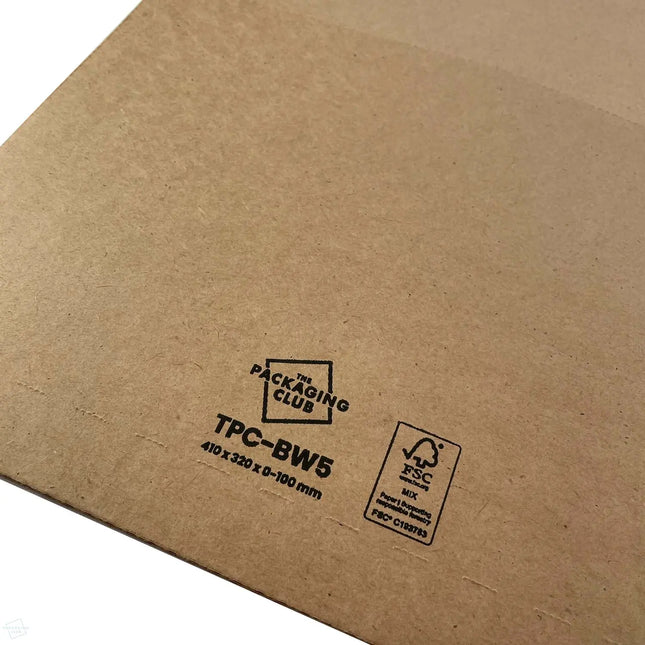The Environmental Benefits of Made-to-Size Book Wraps

As e-commerce continues to grow, so too does the need for packaging that protects products during order fulfilment. But while consumers want to receive orders which are both tamper- and damage proofed as quickly as possible, they also want to be sent them in a sustainable way, minimising any unnecessary environmental impact.
Unfortunately, traditional one-size-fits-all packaging often leads to excess material use and void space within the packaging itself. These factors lead to greater transport emissions, and, over time, the accumulative impact is substantial.
The good news is that optimally sized book wraps get rid of packaging niggles AND offer a sustainable alternative. Combining efficient design with eco-conscious materials and production methods, they’re the sensible option for cost-efficient, attractive and environmentally sustainable packaging. Here’s how they do it.
Right-sizing reduces material usage and transport emissions

Efficient use of material is one of the most immediate environmental benefits of made-to-size book wraps. This is because each wrap is tailored to the specific dimensions of the product (book, vinyl, game or boxed item, etc.) being shipped. There is zero excess packaging. This precision – created by a wrap-around design and adjustable depth - drastically reduces the amount of corrugated board required per order meaning lower packaging costs.
The knock-on of this is that smaller, lighter parcels take up less space in delivery vehicles and means more packages can be shipped in a single journey. Improved load efficiency reduces the number of trips needed and consequently, lowers overall transport emissions. Over time, especially in high volume e-commerce operations, this makes a significant difference to a business’s carbon footprint.
Eliminating void fill – no plastic fillers needed
Standard packaging often requires plastic void fillers – air pillows, foam chips, bubble wrap, packaging peanuts - to secure products in transit. Made-to-size book wraps, however, remove the need for these materials entirely because the product fits snugly and securely inside the wrap. There's no risk of movement, just top-notch protection against bumps and drops.
Eliminating the need for additional filler materials means that companies not only reduce waste, but they also avoid using non-recyclable plastics that contribute to landfill and plastic pollution, a shift considered so important that Amazon has also recently committed to it.
A move to a no-filler packaging approach represents one simple yet impactful way to embrace sustainable operations. A bonus is that orders can be packaged far more quickly with far less frustration.
Recyclable paper-based materials and FSC® options
Most made-to-size book wraps are produced from paper-based corrugated materials that are 100% recyclable and biodegradable. This ensures packaging can be easily processed within standard recycling infrastructures after use.
Going one step further, FSC®-certified materials guarantee that the paper originates from responsibly managed forests supporting biodiversity, local communities and ethical forestry practices. Choosing FSC®-certified wraps allows businesses to meet sustainability targets and demonstrate verifiable environmental responsibility to consumers.
Mono-material construction for easy end-of-life recycling
Sustainability isn’t just about using recyclable materials: it’s also about making recycling easy for the consumer. Made-to-size book wraps are typically constructed from a single piece of corrugated cardboard. As a result, consumers don’t need to make sure different packaging elements are separated before disposal.
And what about the recycler? This simplicity increases recycling rates too. Unlike mixed-material packaging, which can be difficult or impossible to recycle, mono-material packaging, like book wraps, ensures that every component can go straight into the paper recycling bin. The wraps can then be given a new lease of life closing the loop in the circular economy.
Customers happy. Recyclers happy.

How bespoke design supports corporate sustainability goals
Over the last few years, sustainability has become a core business priority rather than a secondary consideration. Made-to-size packaging has been designed to do a job perfectly and, at the same time, align directly with corporate sustainability goals, such as carbon reduction targets or zero-waste initiatives. By optimising material use, selecting renewable resources and cutting logistics emissions, companies can measure, document and publicise their progress towards environmental objectives.
Should they wish, they’re able to go one step further. Bespoke designs can include eco-friendly inks, water-based adhesives as well as branding that highlights sustainable credentials: a constant, visual statement of environmental commitment.
Customer perception: eco-friendly packaging as a value add
Today’s consumers are more eco-conscious than ever. They actively look for brands making meaningful sustainable choices and they notice when businesses go that extra mile to reduce waste. Made-to-size book wraps not only protect products effectively, but they also serve as a visible symbol of a company’s values and genuine action towards corporate responsibility.
Receiving an item in superior packaging – that is, perfectly sized, plastic-free and recyclable - makes customers happy and thus enhances their buying experience. This will foster loyalty and connection among environmentally minded shoppers. Such a positive experience and brand perception becomes a key differentiator in competitive, crowded markets, reinforcing a business’s reputation for quality, customer consideration and dedication to sustainability.
In Conclusion
The versatile book wrap delivers far more than just a perfect fit: it represents a smarter and greener approach to packaging. Recyclable materials, mono-material design and the elimination of plastic fillers are major three factors that help businesses reduce waste, decarbonise freight and meet sustainability goals. Even better, they protect the planet and strengthen customer trust and brand value. Plus, they look fantastic.
Contact The Packaging Club
If you want to enhance your brand’s reputation and reduce your environmental footprint, fill out this form or speak to one of The Packaging Club’s experts today. We’re more than happy to provide you with case studies showing how switching to book wraps has optimised the packaging of brands both large and small enabling them to do business more sustainably. Let us find a made-to-size book wrap that suits your needs and tailor a packaging solution that is right for you and the planet.


